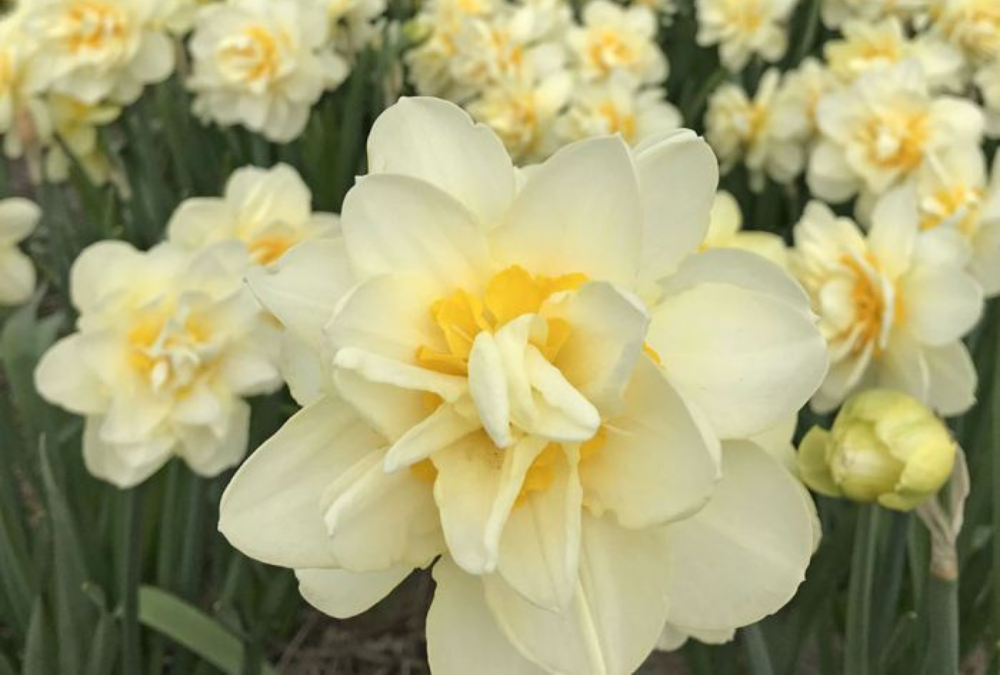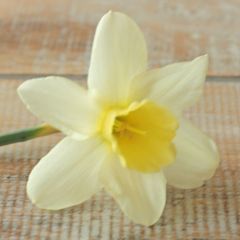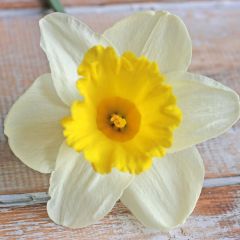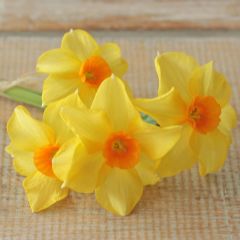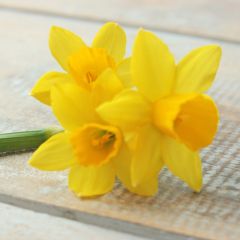Daffodils (narcissus) are the perfect spring flower, and blooming daffodil bulbs are often seen as the first sign of spring. They come in all sorts of varieties, colours and sizes: our range includes fragrant, full-flowered and miniature varieties. There are lots of different types of yellow daffodil, but white daffodils are also very popular. We’re often asked what to do with daffodils once they’ve finished flowering.
Are daffodils perennials?
Yes, almost all daffodil bulbs are hardy. This means that you can leave them in the ground in winter and let them multiply naturally. Some plants – like dahlias and most flower seeds – aren’t hardy. It’s best to remove these plants from the ground in winter and then re-plant or re-sow them in spring.
When to cut back daffodils
You can cut back your daffodils when the leaves and stems have turned yellow; this indicates that the leaves are dead. As the leaves die off, the bulb takes the energy it needs from the plant and stores it so that it can bloom again next year. In autumn, add some organic fertiliser or compost; this will enable the flowers to bloom each spring for five to six years, or often even longer. Once the leaves have died off (usually by sometime in July), you can prune or chop off the dried foliage.
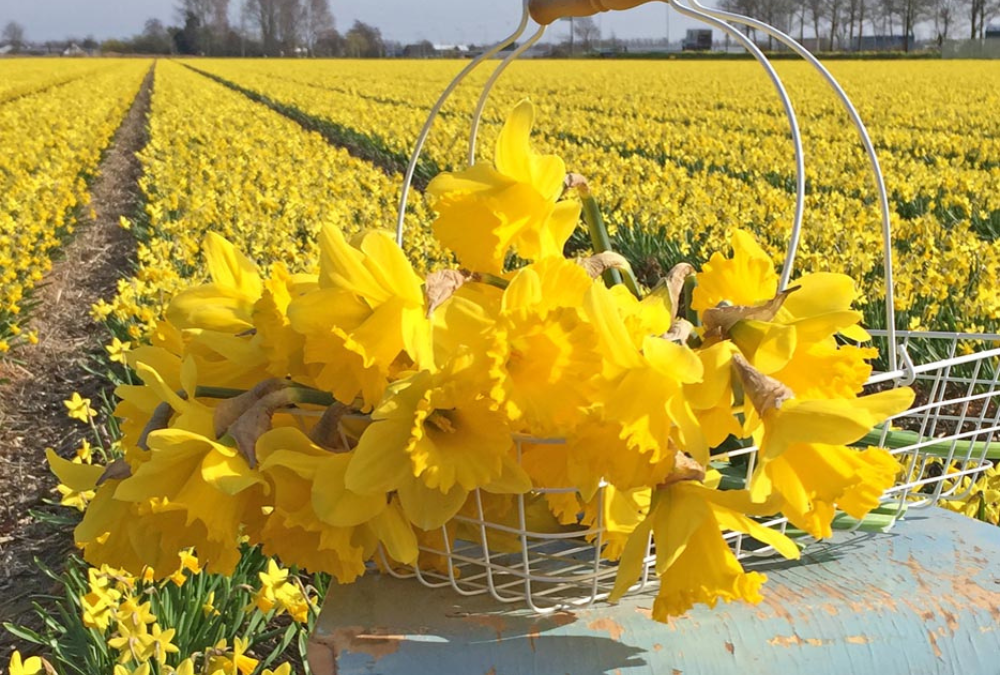
Digging up and replanting daffodils
If you don’t want to leave your daffodils in the ground to multiply naturally, you can also opt to remove them. You can then plant them elsewhere in your garden next year. If you choose to do this, make sure you still wait for the leaves and stem to turn yellow before you dig up the bulbs. Once this has happened, you can cut off the foliage. You can then remove your daffodil bulbs from the soil and store them in a dry place. In autumn, choose where you want your spring blooms to emerge and plant the daffodils out again. The Tete a Tete is one of our most well-known daffodils. This variety is a stunning shade of yellow and is guaranteed to bring spring to your garden.
Disposing of and replacing daffodils
Sometimes you might want to change things around or give your garden a bit of a makeover. Do you want to enjoy fresh new flowers next year, or simply replace your daffodils with something different?
Our tip: throw them away and fill the space with something else instead to avoid springtime disappointment. Once you’ve removed your spent daffodils from your garden, you can use the space for other flowers, such as dahlia tubers. Dahlias will bloom all summer long, through to October or November. Once they’ve finished flowering, you could replace them with tulip bulbs or fresh daffodil bulbs. This approach will ensure you have a colourful display of flowers in your garden for as long as possible.












